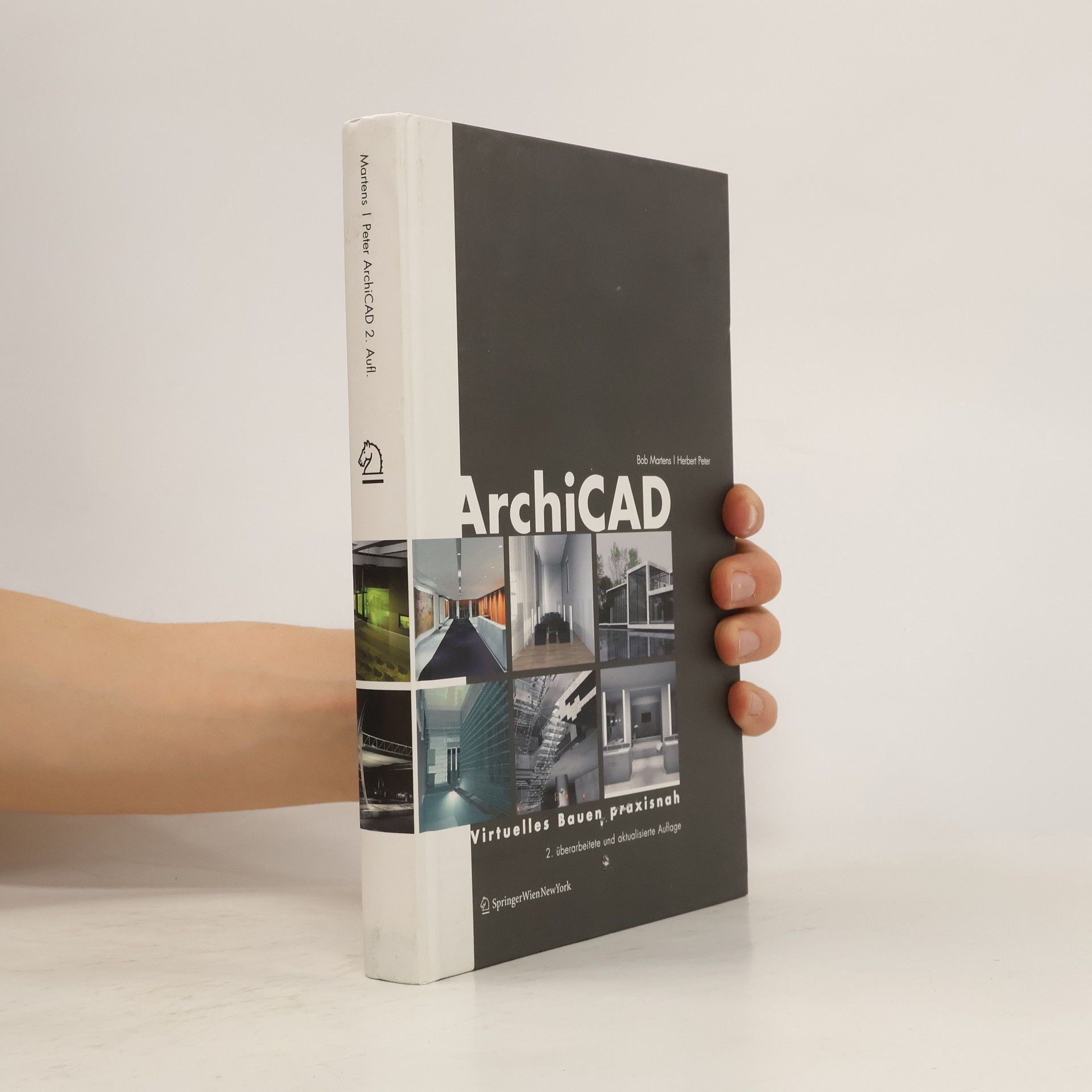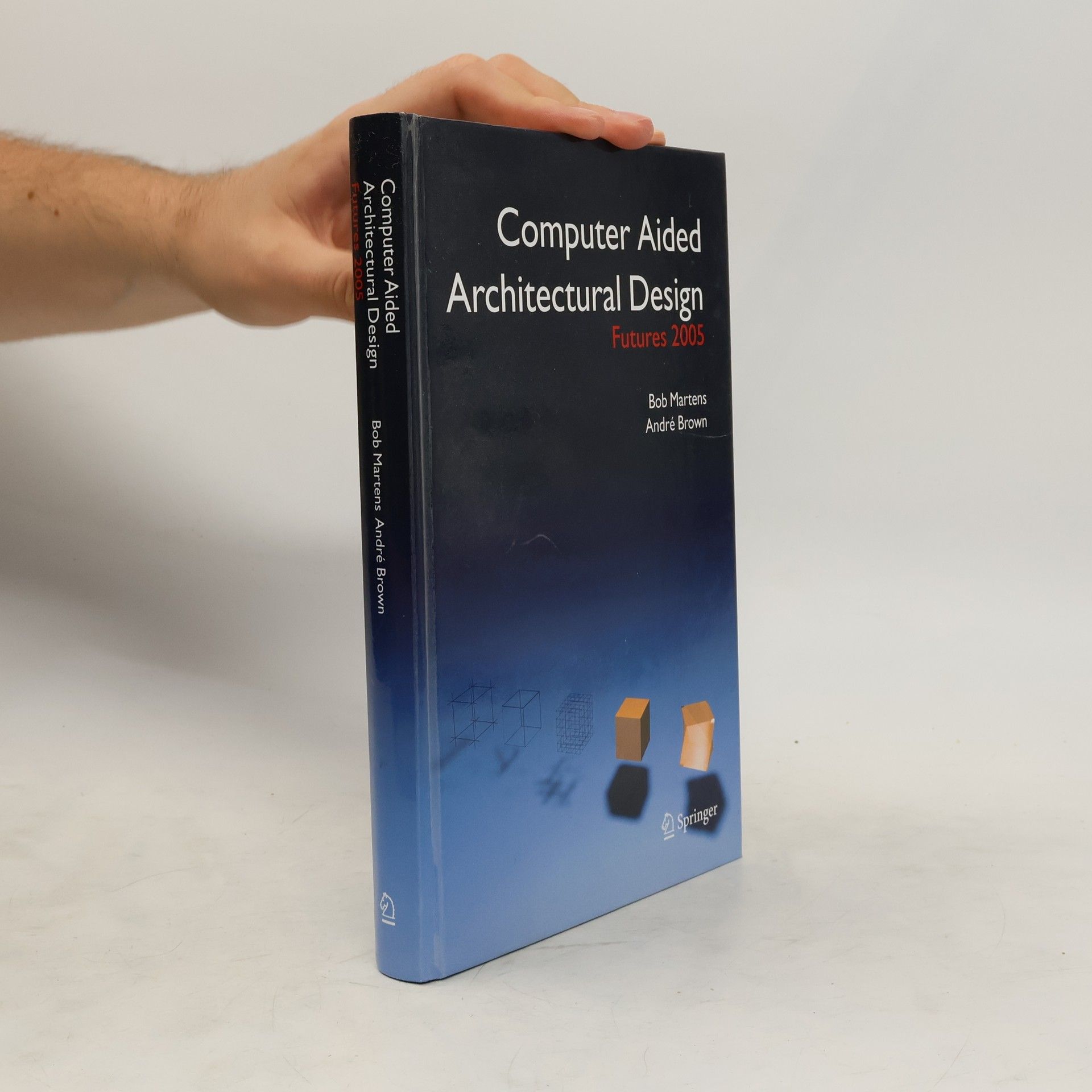Die zerstörten Synagogen Wiens
- 255 pages
- 9 hours of reading
Virtuelle Spaziergänge zu den zerstörten Synagogen Wiens Dieses Buch widmet sich jenen ehemaligen Wiener Synagogen, die der nationalsozialistischen Zerstörung zum Opfer gefallen und unwiederbringlich aus dem Stadtbild verschwunden sind. Sie hinterließen ebensolche Lücken im Stadtbild wie ihre ermordeten und vertriebenen ehemaligen Besucher eine Lücke in der Gesellschaft, im Stadtleben, in der Wiener Kultur hinterließen. Die Autoren machen es mit modernsten technischen Mitteln dem Leser möglich, eine zerstörte Welt real wie virtuell wieder (be)greifbar zu machen. 15 Wiener Synagogen erzählen in diesem reich bebilderten Architekturführer ihre Bau- und Zerstörungsgeschichte. Mit Hilfe von CAD (rechenunterstützte Konstruktion) und rapid prototyping konnte die Arbeitsgruppe rund um die beiden Autoren die zerstörten Synagogen virtuell wieder aufbauen und sie in ihrem alten Glanz erscheinen lassen. In diesem Buch werden zeitgenössische Aufnahmen und Baupläne den virtuellen Rekonstruktionen gegenübergestellt. Damit ergeben sie, gemeinsam mit den Begleittexten ein komplettes Bild des jeweiligen Bethauses. Besonders interessant dabei sind jene Stadtbildnachbildungen, welche die zerstörten Bethäuser in das heutige Stadtbild einordnen und damit das Unsichtbare wieder sichtbar machen.


